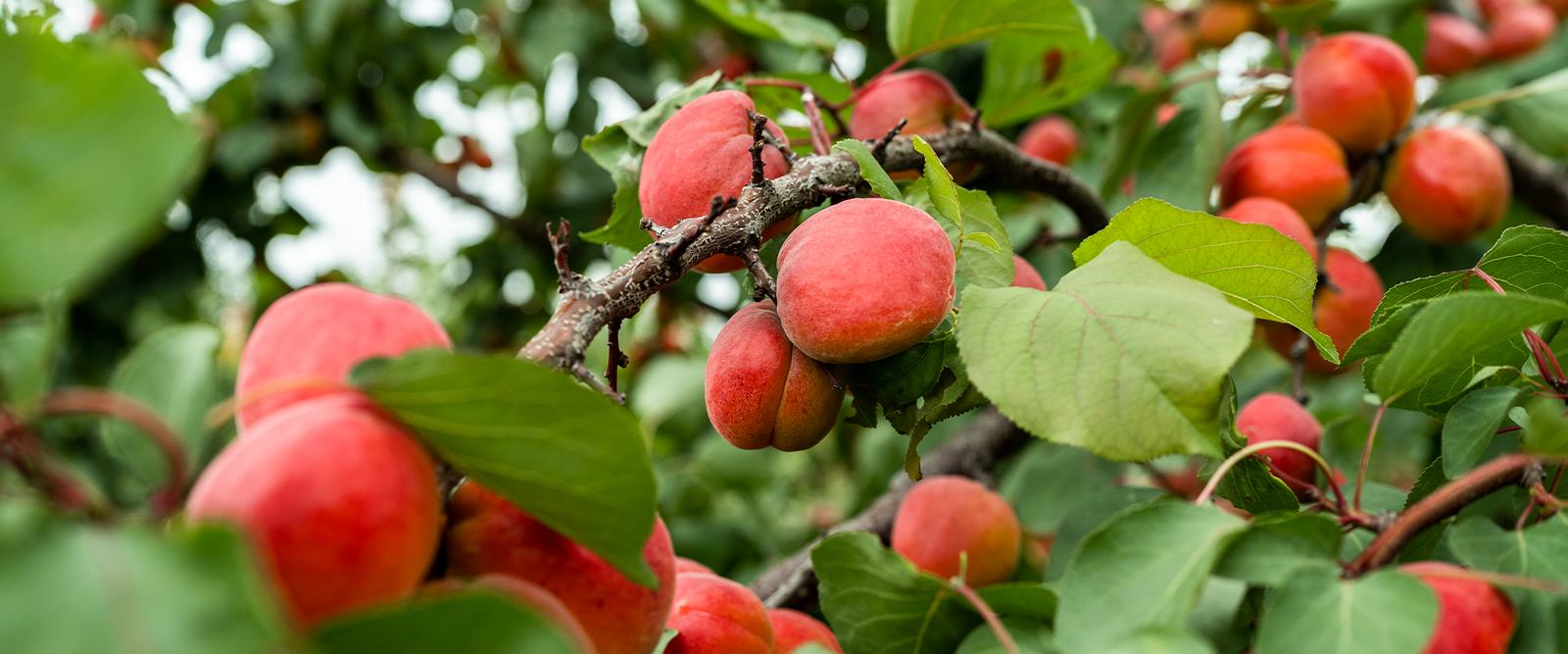Pruning your fruit trees might seem like a daunting task, but with the right techniques and tools, it can be simple and enjoyable!
Why Prune Your Fruit Trees?
Pruning isn't just about keeping up appearances; it's a key step for a healthy, fruit-filled garden. It encourages proper tree development, increases fruit yield, and maintains the overall structure. Pruning removes sick, damaged, or dead branches, ensuring each limb gets its fair share of sunlight.
When to Prune Your Fruit Trees
Timing is everything! Winter or early spring is the sweet spot, especially when your tree is still dormant. For instance, pruning apple trees is best done in late winter, just before spring begins. In the summer, tackle any damaged or diseased branches. A bit of pruning during sunny seasons keeps your fruit tree thriving all year. But be cautious not to go overboard; too much pruning in the summer can delay fruit growth and risk sunburn.
General Pruning Guide: The Three-Step Technique
-
First Step: Cleaning
-
Trim away decayed, damaged, or sick wood to maintain cleanliness and prevent disease transmission.
-
Prune sprouts (also called suckers) from the trunk's base to avoid nutrient drain.
-
Snip away water shoots – those tall, straight ones that disrupt the tree's structure. If left untrimmed, water shoots will form into an extension of the tree's main stem, destroying the tree's structure.
-
-
Second Step: Thinning
-
Create space for light and air by pruning stems that aim for the ground or the core of the tree.
-
Trim clustered branches to keep things tidy.
-
Thinning early in the tree's development ensures larger, healthier fruit in the long run.
-
PRO tip: Invest in quality tools like durable bypass pruners and compound action loppers for efficient pruning.
-
Third Step: Structuring
-
Cut back outer branches to prevent breakage due to heavy fruit loads.
-
Trim branches at a 45° angle over an outward-facing bud to encourage healthy growth.
-
Maintain a 6.5 mm distance above the bud to ensure faster healing.
-
Prune the higher part more heavily for balanced sunlight distribution.
-

Insider Tips for Successful Pruning
-
Choose Tools Wisely
-
Opt for tools with non-stick titanium-coated high-carbon-steel blades.
-
Ensure ergonomically constructed non-slip handles.
-
Look for tools that are easily disassembled for cleaning and sharpening, with readily available replacement parts.
-
Features like a wire cutting notch and sap groove ensure clean, debris-free cuts.
-
An adjustment system guarantees clean and precise cuts every time.
-
-
Disinfect Your Tools
-
Soak your garden tool blades in a mixture of bleach and water (1:9 ratio) for about a minute to prevent disease transmission.
-
-
Clean Up After Pruning
-
Sweep up trimmed wood promptly to maintain a hygienic environment and encourage bountiful crops.
-
Remember, pruning is not just about appearances; it's about encouraging healthy growth and boosting the beauty of your fruit trees. Armed with the right knowledge and tools, you'll be a pruning pro in no time! Happy gardening!




